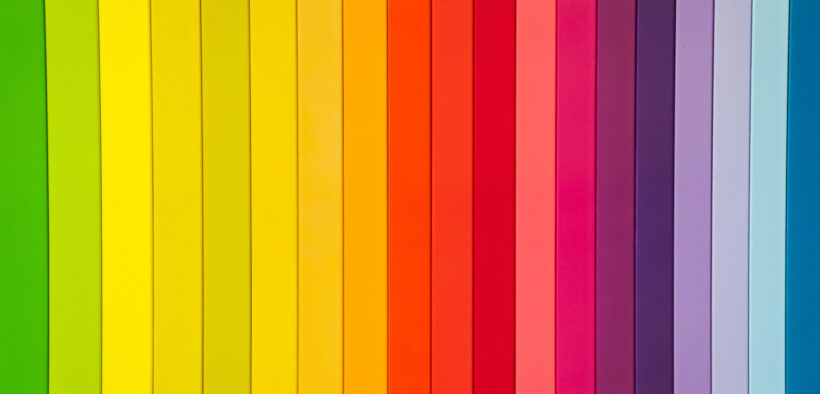Most instructors and instructional designers are already familiar with the basics of developing well-aligned, robust course designs, such as writing measurable course objectives using action verbs to clearly describe what students will know, do, practice, or apply; aligning tools and technologies to the learning objectives they facilitate; and choosing sufficient assessment formats and tools to keep students engaged without overloading (and overwhelming) them. Nevertheless, you may wonder what you can do to better apply these principles and produce better-quality course designs. Below, we outline document and color-coding strategies that you can use to do just that.
Visual Strategies for Cohesive Course Design

Related Articles
I have two loves: teaching and learning. Although I love them for different reasons, I’ve been passionate about...
Imitation may be the sincerest form of flattery, but what if it’s also the best first step to...
Higher education has long recognized the value of Socratic dialogue in learning. Law schools traditionally adopt it in...
After 35 years in higher education, I continue to embrace the summer as a prime opportunity to strengthen...
Last month I wrote about how students fool themselves into thinking they have learned concepts when they really...
If you’ve ever hesitated to offer feedback to a colleague for fear of creating tension or hurting a...
When I first began teaching online, I thought creating engaging and relevant content was the biggest challenge. And...








